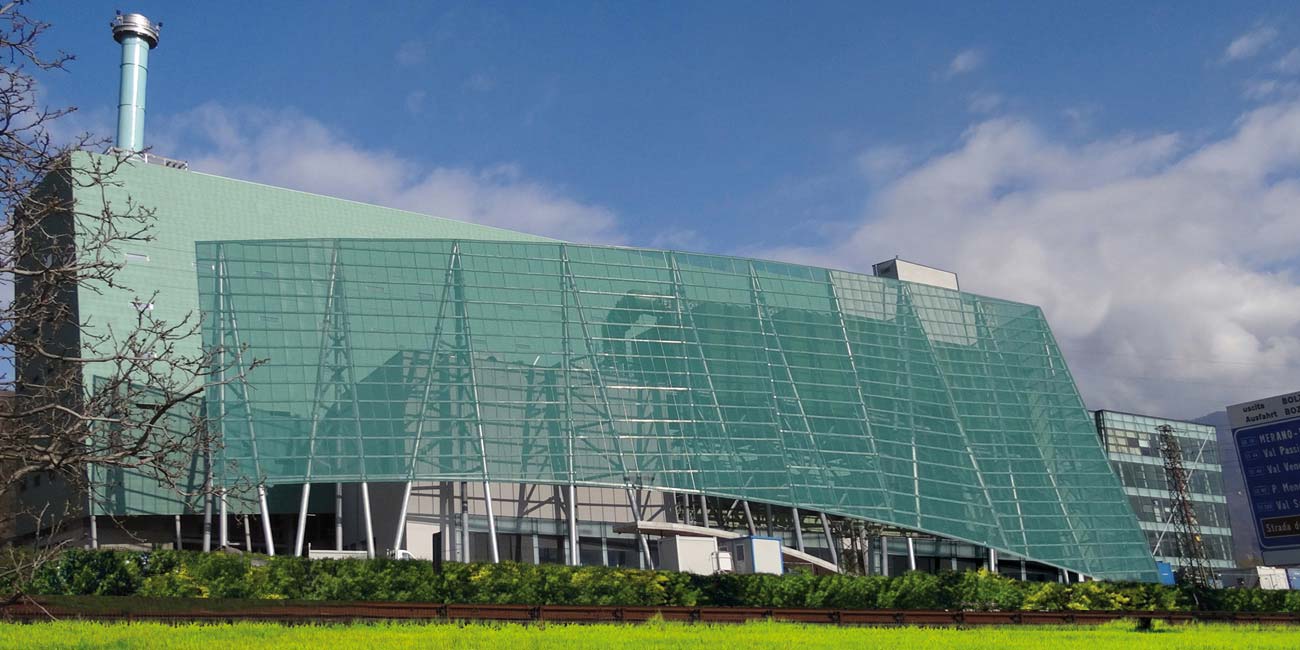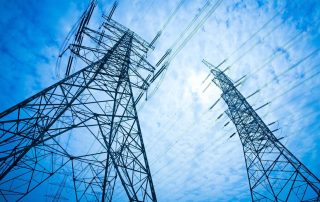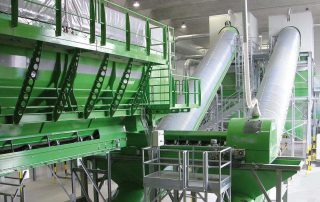
Increase in volume of municipal wastes, problems of their disposal, lack of appropriate land for waste burial and environmental concerns, has led to the approach of incineration, in a way that since 2010 burial of flammable wastes in the European Union countries has been prohibited and the only agreed method in these countries is the use of incinerator power plants.
For the first time in 1870, England manufactured the first incinerator factory. Then, other countries began to use the incineration produced energy for different purposes. In our country, based upon the evaluations, large amount of solid wastes cause problems for municipalities and healthcare centers in addition to negative environmental effects. Incinerator power plant is on one hand an efficient method for hygienic waste disposal and on the other hand a power generator.
Waste as a fuel
Regarding the diversity of municipal solid waste, waste-to-energy plants should be designed carefully in order to manage wide range of waste inputs. Energy recovery from municipal solid waste is based on the heating value of certain materials.
Important aspects of waste combustion
The first objective of waste combustion plant is to burn the waste, environmentally safe i.e. the output gas must be completely burned, the minimum amount of ash should be remained and production of soil, water and air pollutants must be prevented as much as possible. The second purpose, which is more important than the first one, is maximum energy recycling.
Financial aspect
Modern waste-to-energy plants have been manufactured since 30 years ago and have been profitable for themselves and the society. Thus, investment in plants requires fundamental and constant basis in addition to optimum amount of investment if they are meant to perform efficiently in society.
Available technologies
Recently, by the development of science and technology, municipal solid waste is not only a problem, but also a valuable source used for energy production. Previously, wastes were burned only to reduce landfill sites and their removal from human environment while their heating energy was lost and emitted gases were polluting the air. But today, wastes are burned in modern plants under specific supervision and produced energies (thermal and electrical) are used. In other words, incineration is a complicated processing on waste materials, the objective of which can be a means for recycling chemical and mineral materials and waste energy.
Waste-To-Energy Methods:
1) Biochemical- Chemical methods
Biochemical and chemical waste-to-energy methods include Biogas, Biodiesel and Chemical procedures.
2) Thermochemical methods
· Pyrolysis
· Gasification
· RDF
· Plasma
· Combustion
Combustion Systems
Different wastes are processed in various combustion systems. Combustion systems include moving grate incinerators, rotary kilns, fluidized bed incinerators and other technologies, each of which is employed to process a certain type of waste material.
1.2) Moving Grate Incinerators
Different stages in Moving Grate Incinerators:
· Transferring the material into furnace
· Adding fuel for soaking the material
· Stabilizing the incineration position in the compartment by controlling the furnace performance.
Different kinds of Moving Grate Incinerators:
· Kinetic Grates
In this system, the grate is located across the furnace so that intermittent rows are rotated or moved mechanically in order to create driving movements to push and mix the waste.
· Reciprocating Grates
This model includes the parts which are located in pair and on each other across the furnace. Intermittent grate parts move back and forth while adjacent parts remain constant. Waste materials are rolled to fixed parts, are mixed together and are moved alongside the grate. Different kinds of this system exist and modern installations use reciprocating grates for municipal wastes.
2.2) Rotary Kilns
Rotary kilns are very resistant in which almost every waste material, regardless of type and composition can be burned. Usually this technology is applied for clinical wastes (mostly hazardous clinical wastes).
2.3) Fluidized Beds
Fluidized bed incinerators are widely used for burning crashed wastes like RDF and sewage sludge. Fluidized bed incinerator is a linear combustion compartment in vertical cylindrical shape. At the bottom, there is a bed of neural stuff (like sand or ash) which is floating over a grate or distributing surface by air. The waste enters continuously into the fluidized sand bed from the top or side parts. The preheated air enters the combustion compartment through the bottom surface and creates a fluidized sand bed in the combustion compartment. The waste enters the reactor by a pump, a star-shape feeder or a carrier with screwed pipe. Drying, evaporation, ignition and combustion occur in fluidized bed.
2.4) Spreader- Stoker Furnace
This system can be considered as an intermediate between grate and fluidized bed incinerators. Wastes (such as RDF and sludge) are blown pneumatically (with air force) into furnace at different altitudes. Tiny particles take part directly in the incineration process, while larger ones are falling on mobile grate and are moved at the opposite direction of waste injection. Very large particles are distributed at farther distances and remain more on the grate; therefore, the incineration process is completed.



